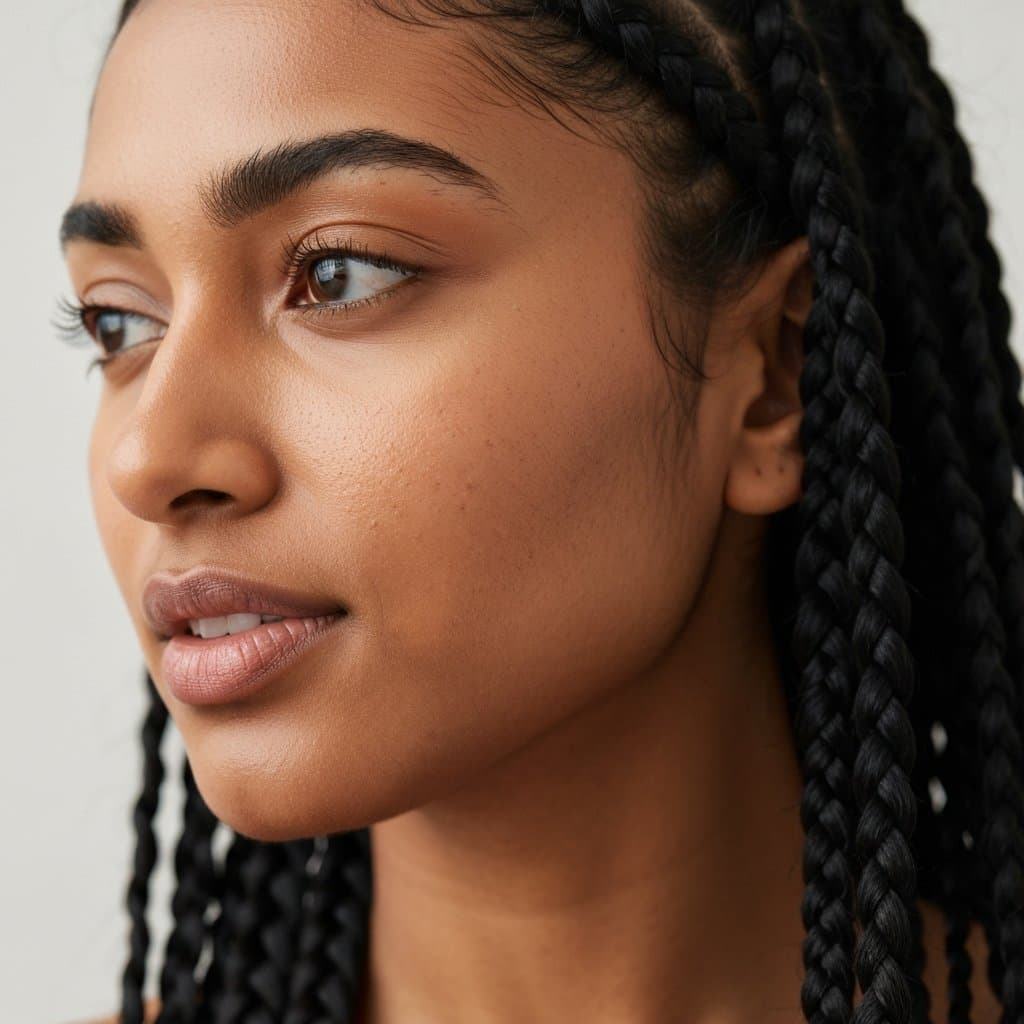Braided Waves: Sleep-In Styles for Effortless Morning Hair
Braided Waves: Sleep-In Styles for Effortless Morning Hair
Wake Up to Perfect Waves: The Complete Guide to Overnight Braiding Techniques That Save Time and Protect Your Hair
In our fast-paced world where morning routines are increasingly compressed, the quest for effortless yet polished hairstyles has led to a renaissance of overnight styling techniques. Among these time-saving methods, braided waves have emerged as the ultimate solution for those seeking beautiful, textured hair without the morning rush or heat damage. This comprehensive guide explores the art and science of creating stunning waves while you sleep, transforming your nighttime routine into a productive beauty treatment that delivers professional-looking results with minimal morning effort.
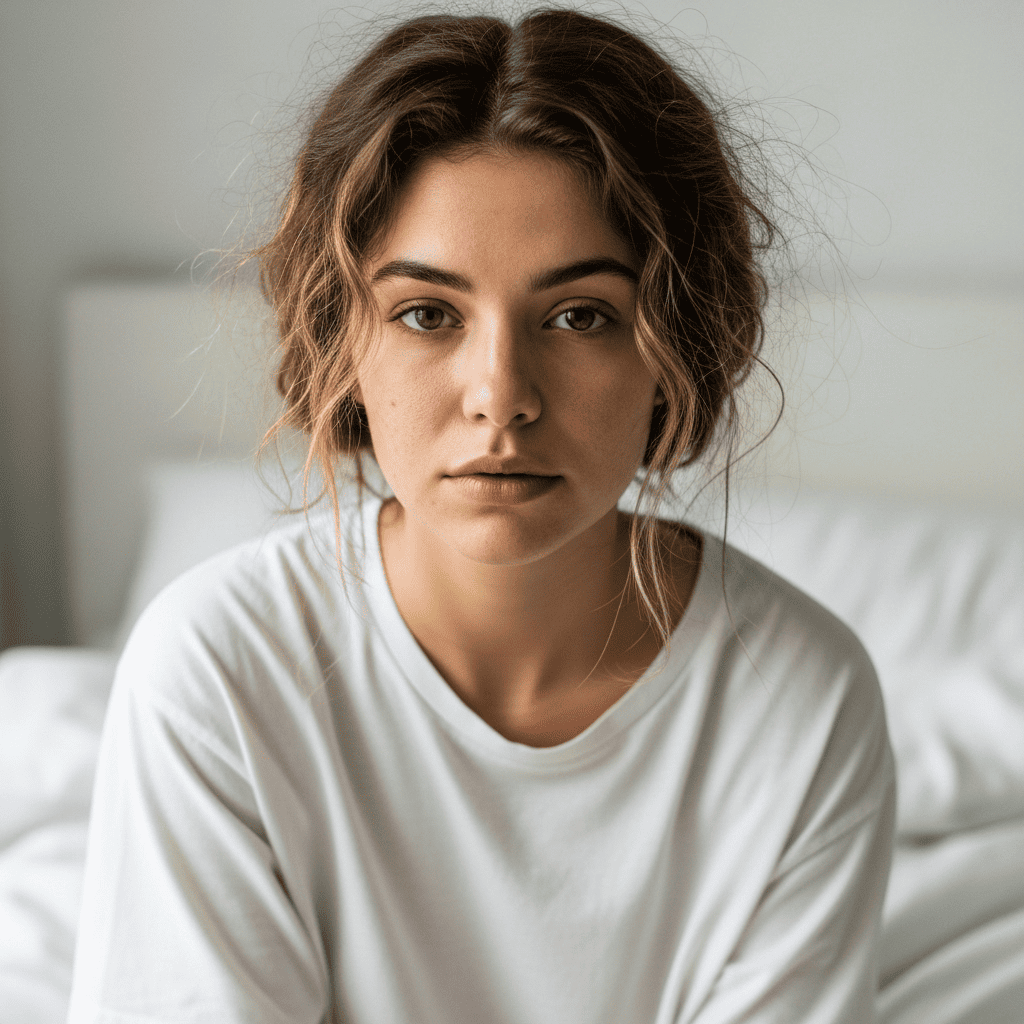
Understanding Braided Waves: The Science Behind Sleep-In Styling
Braided waves work on a simple yet effective principle: wet or damp hair molded into a pattern will maintain that shape once dried. When hair is braided while slightly damp and left overnight, the strands dry in a crimped, zigzag pattern that, once released, creates beautiful waves without any heat application. This method not only saves precious morning time but also protects hair from the cumulative damage caused by daily heat styling, making it an ideal choice for those prioritizing hair health alongside convenience.
The texture achieved through overnight braiding differs significantly from heat-styled waves. While curling irons create smooth, uniform curves, braided waves produce a more organic, textured pattern that many find more youthful and casual. The zigzag pattern created by braiding results in waves that have natural-looking variation and movement, avoiding the sometimes artificial appearance of perfectly styled curls. This authentic, lived-in texture has become increasingly desirable in contemporary beauty trends that favor natural, effortless-looking styles.
The benefits of braided waves extend beyond mere convenience and aesthetics. Sleeping with braided hair actually protects your strands from the friction and tangling that occurs during sleep. The contained style prevents hair from rubbing against pillowcases, reducing breakage and maintaining moisture levels throughout the night. For those with longer hair, this protective element is particularly valuable, as it minimizes the formation of knots and mats that can occur when hair moves freely during sleep.
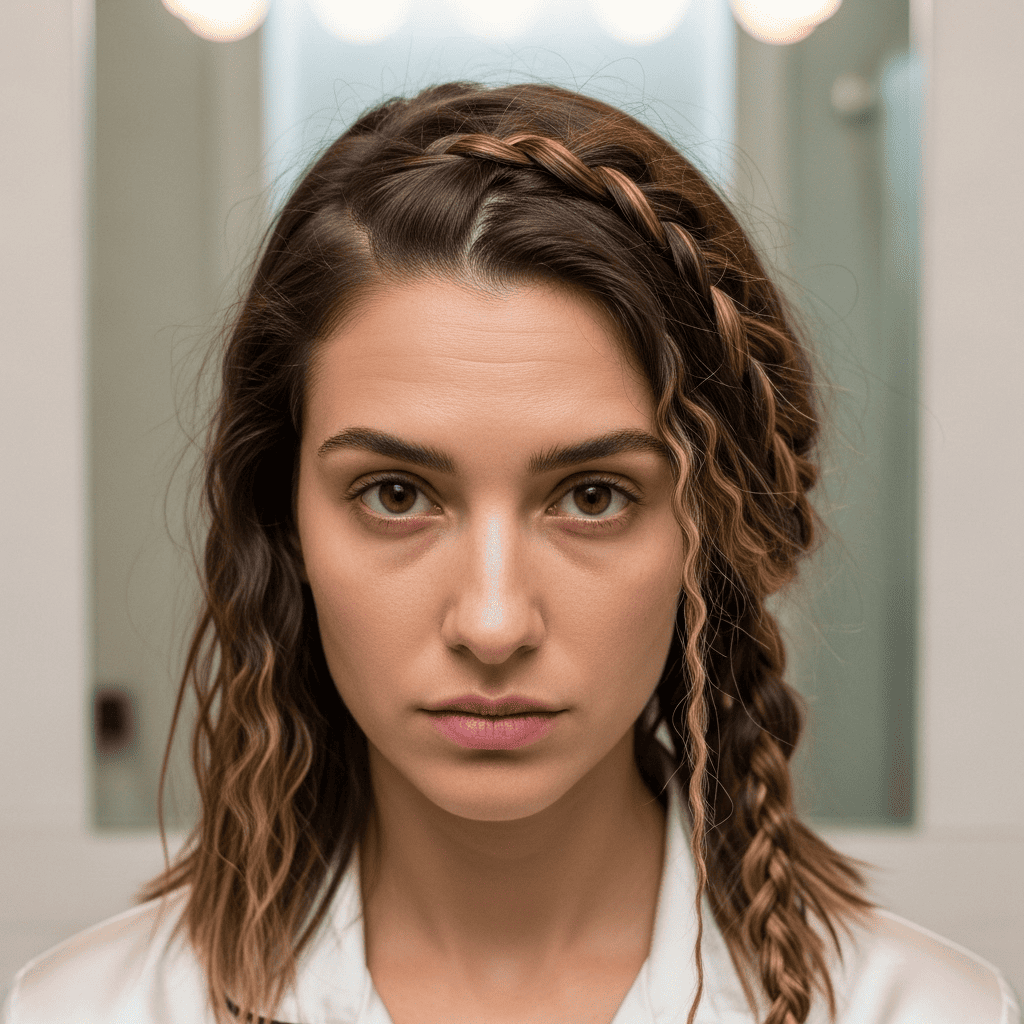
Hair Types and Braided Waves: Customizing Your Approach
Every hair type can benefit from braided waves, but the approach must be tailored to achieve optimal results. Fine, straight hair often struggles to hold curl patterns, but overnight braiding provides the extended setting time needed for lasting waves. Those with fine hair should start with slightly damp hair and use a lightweight mousse or texturizing spray before braiding. Smaller, tighter braids will create more defined waves that last longer on fine hair textures. The key is avoiding heavy products that might weigh down delicate strands and cause waves to fall flat by midday.
Medium-textured hair is perhaps the ideal candidate for braided waves, as it typically holds patterns well without requiring extensive product application. This hair type can experiment with various braid sizes and patterns to achieve different effects, from subtle bends created by loose braids to dramatic zigzag textures from tighter plaits. Starting with hair that's about 30% damp usually yields the best results, providing enough moisture for wave formation without extending drying time unnecessarily.
Thick, coarse hair requires a slightly different strategy to achieve successful braided waves. This hair type benefits from starting with hair that's more thoroughly damp – perhaps 50-60% dry – to ensure the inner layers have time to dry completely overnight. Larger sections and looser braids often work better for thick hair, as very tight braids can create an overly crimped appearance that's difficult to soften. A smoothing serum or leave-in conditioner applied before braiding helps manage frizz and creates a more polished finish when the braids are released.
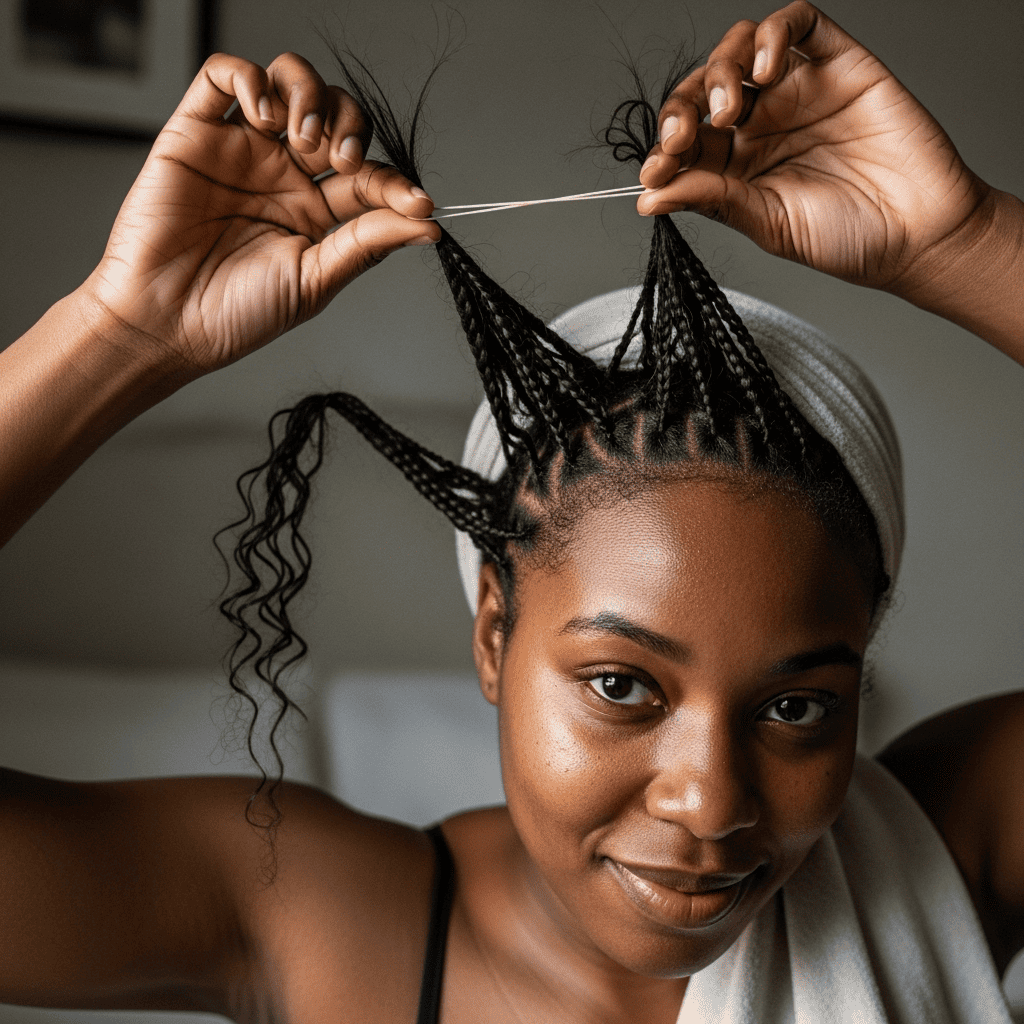
Essential Products for Successful Overnight Braided Waves
The foundation of beautiful braided waves begins with proper product selection. Unlike heat styling, which often requires multiple protective and styling products, overnight braiding needs just a few key items to deliver excellent results. A lightweight leave-in conditioner is essential for all hair types, providing moisture and slip that prevents breakage during the braiding process while ensuring waves remain soft and touchable rather than crispy or crunchy.
Setting products play a crucial role in helping braided waves last throughout the day. For those with straight or fine hair, a volumizing mousse applied to damp hair before braiding provides hold without heaviness. Wave-enhancing sprays designed for air-drying work exceptionally well with the braiding method, as they're formulated to encourage texture formation without heat. These products often contain sea salt or sugar-based ingredients that enhance the hair's natural ability to hold wave patterns while adding subtle texture and grip.
The morning reveal process benefits from having the right finishing products on hand. A lightweight hair oil or serum helps smooth any frizz that may have developed overnight while adding shine to enhance the wave pattern. Texture sprays can revive and define waves that may have softened during sleep, while a flexible-hold hairspray ensures your carefully created waves last throughout the day. The key is selecting products that enhance rather than weigh down your natural texture, maintaining the effortless appearance that makes braided waves so appealing.
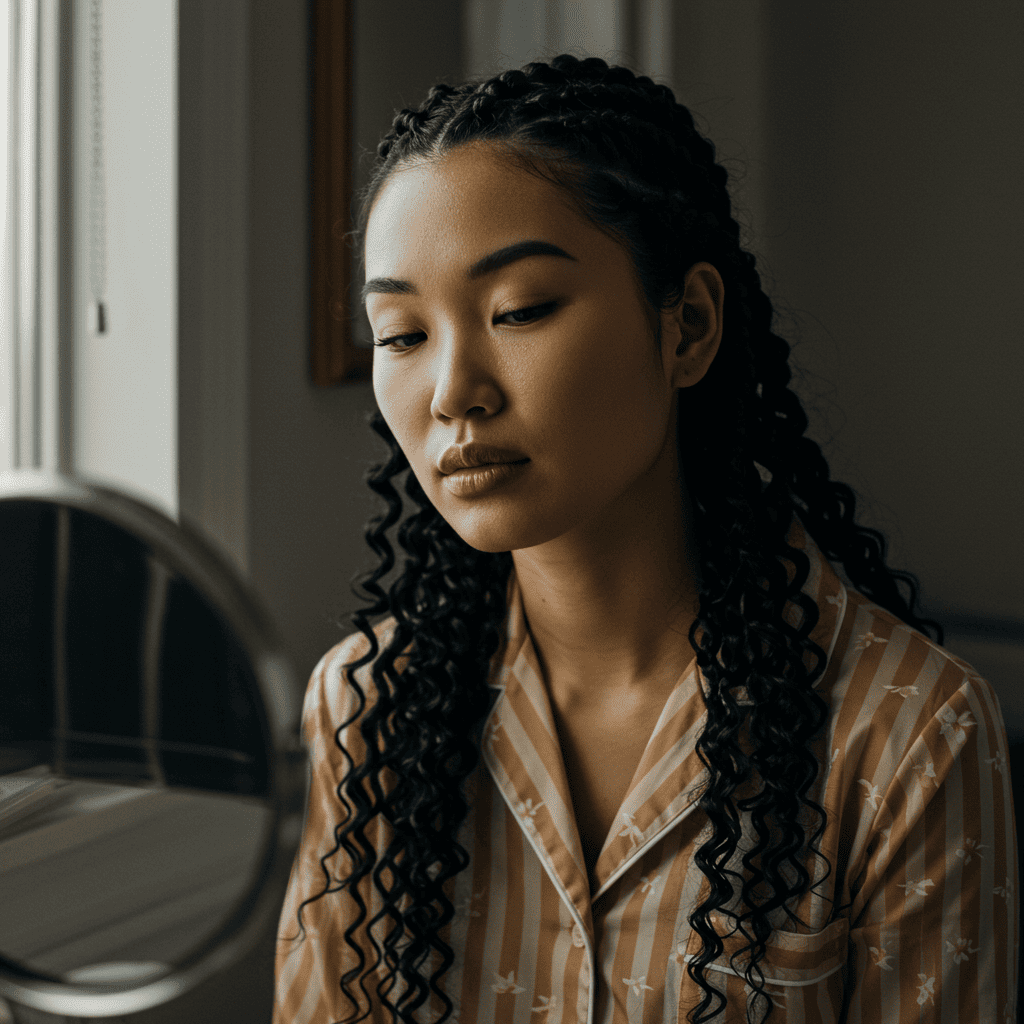
Step-by-Step Braiding Techniques for Different Wave Patterns
The classic three-strand braid remains the most popular choice for overnight waves due to its simplicity and reliable results. Begin with hair that's been washed and conditioned, then towel-dried to remove excess moisture. Apply your chosen styling products evenly throughout your hair, focusing on the mid-lengths and ends. Divide your hair into sections – one for subtle waves, two for medium waves, or four to six for more defined texture. Braid each section from just below the ear level to prevent crimping at the roots, maintaining even tension throughout. Secure with soft elastic bands that won't leave creases.
For those seeking more voluminous, beachy waves, the French braid method delivers exceptional results. Starting with damp hair, create one or two French braids beginning at the crown and incorporating hair as you work down. This technique creates waves that start higher on the head while maintaining root volume. The French braid method is particularly effective for those with longer hair, as it keeps all strands contained and creates a more uniform wave pattern from roots to ends. The tighter you pull during braiding, the more defined your waves will be.
The rope braid technique offers a modern alternative that creates looser, more spiral-like waves. Divide damp hair into sections and split each section into two parts. Twist each part in the same direction, then wrap them around each other in the opposite direction, creating a rope-like effect. This method produces waves with a different texture than traditional braiding – more of an S-curve than a zigzag – making it perfect for those who prefer softer, more romantic waves. The rope braid is also quicker to execute than traditional braiding, making it ideal for those short on time.

The Morning Reveal: Maximizing Your Braided Wave Results
The way you release and style your braids in the morning significantly impacts the final appearance of your waves. Begin by gently unraveling each braid from the bottom up, taking care not to pull or rush the process. As you release each section, resist the immediate urge to run your fingers through the waves. Instead, allow them to fall naturally and assess the initial pattern. This moment of patience prevents disrupting the wave formation and helps you identify which areas might need additional styling attention.
Once all braids are released, the finger-combing technique becomes crucial for achieving that effortless, lived-in look. Starting at the ends and working upward, gently separate the waves using your fingers, focusing on areas where the crimp pattern appears too uniform or tight. For a more polished appearance, you can lightly brush through the waves with a wide-tooth comb, but be prepared for this to significantly soften the wave pattern. Many prefer to maintain the more textured appearance by using only their fingers for separation and arrangement.
The final styling touches transform your braided waves from a fresh-out-of-braids look to a intentionally styled appearance. Apply a small amount of hair oil or serum to your palms and gently scrunch it through your waves, focusing on any areas showing frizz or dryness. For added volume, flip your head upside down and shake gently at the roots, then flip back and arrange your waves as desired. A light mist of texturizing spray can revive any sections that have fallen flat, while a flexible-hold hairspray applied from a distance ensures your waves maintain their shape throughout the day.
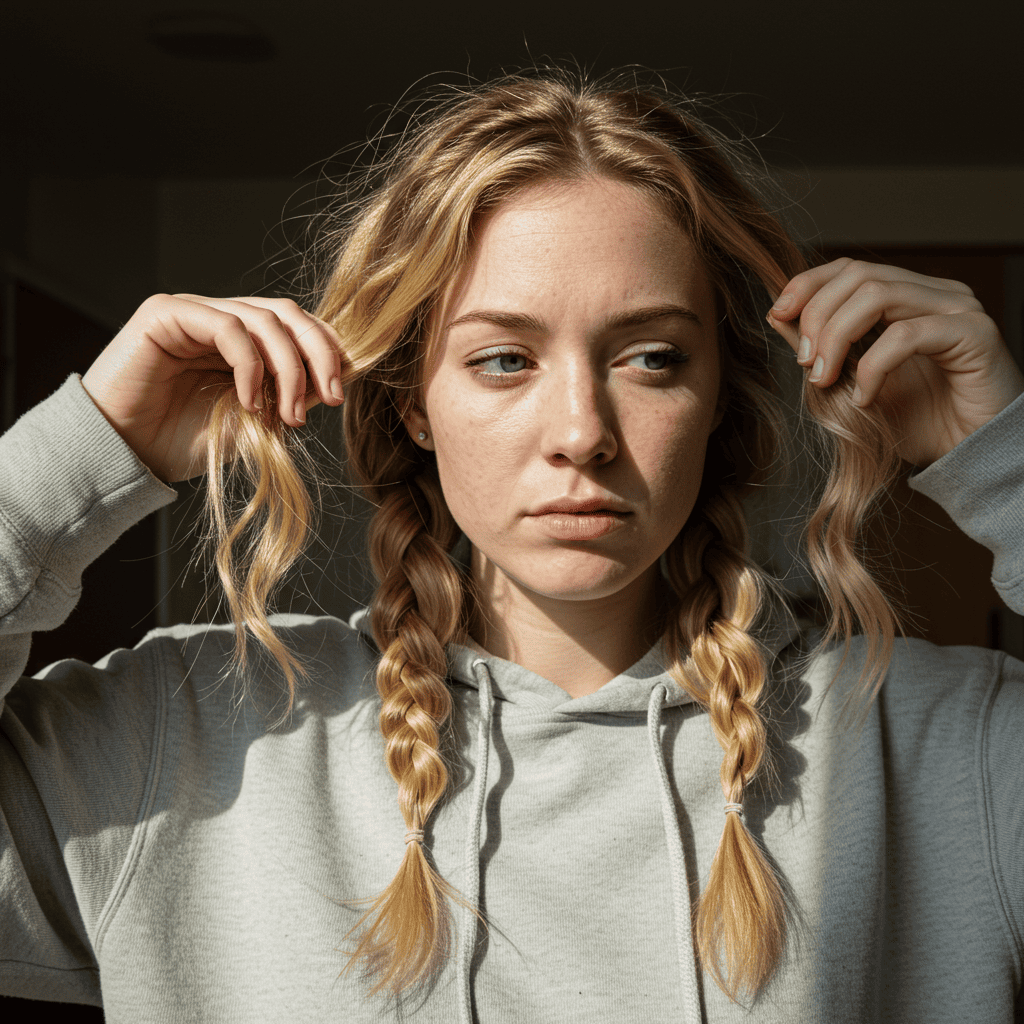
Troubleshooting Common Braided Wave Challenges
One of the most frequent issues with overnight braided waves is hair that hasn't dried completely by morning, resulting in limp, undefined waves that quickly fall flat. This typically occurs when hair is too wet when braided or when braids are too thick for the hair to dry thoroughly overnight. The solution involves finding the optimal dampness level for your hair type – usually between 60-80% dry – and creating smaller sections if necessary. For those with particularly thick hair, consider braiding earlier in the evening or using a fan to accelerate drying before bed.
Excessive frizz upon unbraiding can discourage many from continuing with this technique, but it's usually easily remedied with proper preparation and product selection. Frizz often results from braiding hair that's too dry or from friction against rough pillowcase materials. Ensure your hair has adequate moisture before braiding by using a leave-in conditioner, and consider sleeping on a silk or satin pillowcase to minimize friction. If frizz persists, a small amount of anti-frizz serum applied before braiding can make a significant difference.
The dreaded crimped roots syndrome, where the upper portion of hair appears overly kinked while the lengths have nice waves, requires strategic braid placement. Start your braids lower on the head, beginning at ear level or below, and keep the top section loose. Alternatively, you can leave the crown area unbraided entirely, focusing the technique on the lengths where waves are most desired. For those who prefer waves throughout, creating looser braids near the scalp and gradually tightening as you work down can create a more natural transition.
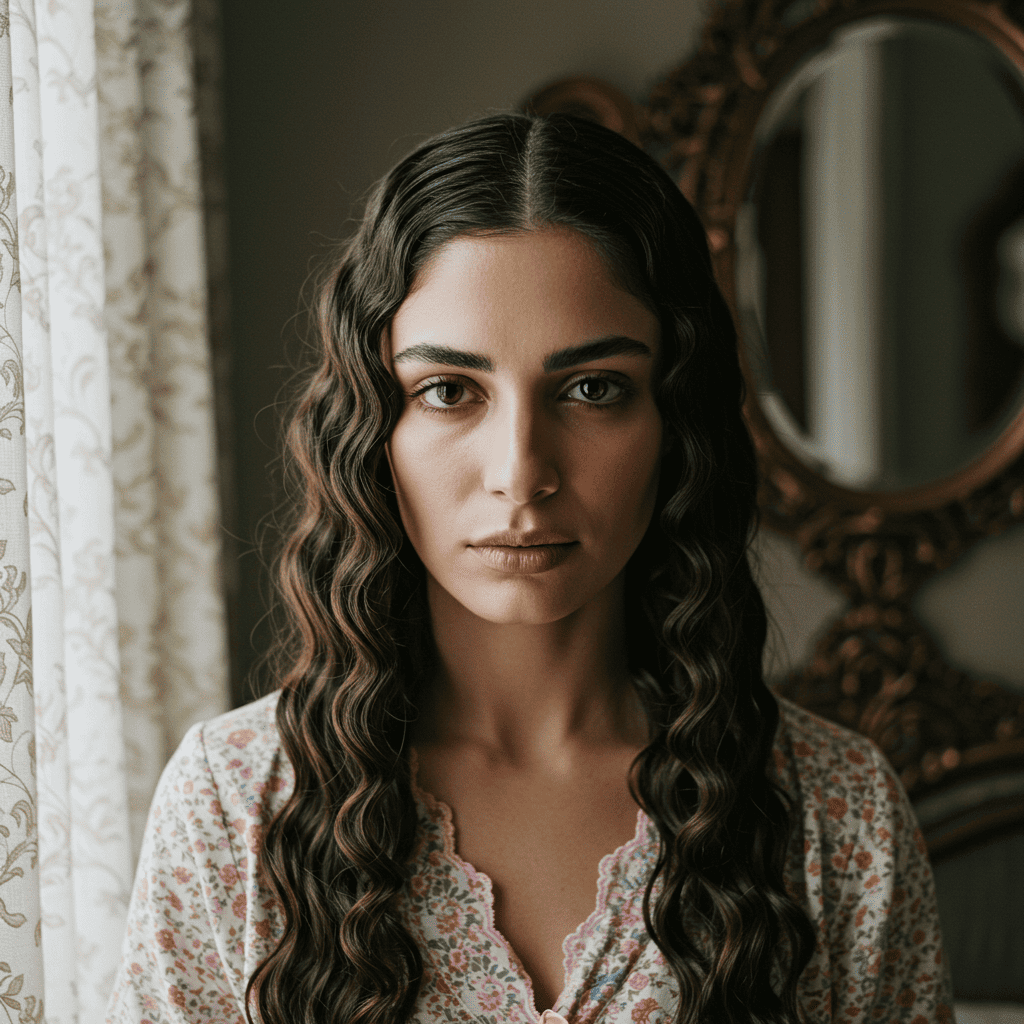
Advanced Techniques: Combining Braiding Methods for Custom Results
Creative combination techniques allow for customized wave patterns that suit individual preferences and face shapes. The mixed braid method involves using different braiding techniques on various sections of hair – perhaps French braids at the crown for volume, traditional braids through the middle sections, and rope braids for face-framing pieces. This approach creates varied texture throughout the hair, resulting in a more dynamic and interesting overall appearance that mimics the natural variation found in beach waves.
The partial braid technique works exceptionally well for those who want waves primarily through their lengths while maintaining smoother roots. This method involves braiding only the bottom two-thirds of each hair section, leaving the upper portion smooth. The result is a style that appears more polished and intentional, perfect for professional settings where completely textured hair might seem too casual. This technique also works well for those with layered haircuts, as it prevents shorter layers from becoming overly crimped.
For special occasions or when extra volume is desired, the stacked braid method delivers dramatic results. This involves creating multiple small braids throughout the hair, then braiding those braids together into larger sections. When released, this creates multi-dimensional waves with exceptional volume and texture. While more time-consuming to set up, the results can last several days with proper maintenance, making it worthwhile for events or photo shoots.

Maintaining Braided Waves: Multi-Day Styling Strategies
The beauty of braided waves lies not just in their initial appearance but in their potential for multi-day wear with minimal effort. On day two, waves often look even better as they've had time to settle and soften into a more natural pattern. To refresh second-day braided waves, lightly mist your hair with water or a wave-refreshing spray, then scrunch gently to reactivate the pattern. Avoid over-wetting, as this can cause frizz and require complete restyling.
For extending braided waves into day three and beyond, strategic touch-ups become essential. Focus on refreshing specific sections rather than attempting to revive the entire style. Areas around the face or crown that have flattened can be quickly re-waved by dampening small sections and creating pin curls or mini braids for 15-20 minutes. This targeted approach maintains the overall style while addressing problem areas without the time investment of complete restyling.
Nighttime maintenance between styling sessions determines how well your braided waves survive multiple days. The pineapple method – loosely gathering hair at the very top of your head – prevents waves from being crushed during sleep. Alternatively, creating one or two very loose braids can help maintain the wave pattern while preventing tangling. Using a silk or satin pillowcase or hair wrap significantly reduces friction and helps preserve both the wave pattern and overall hair health.
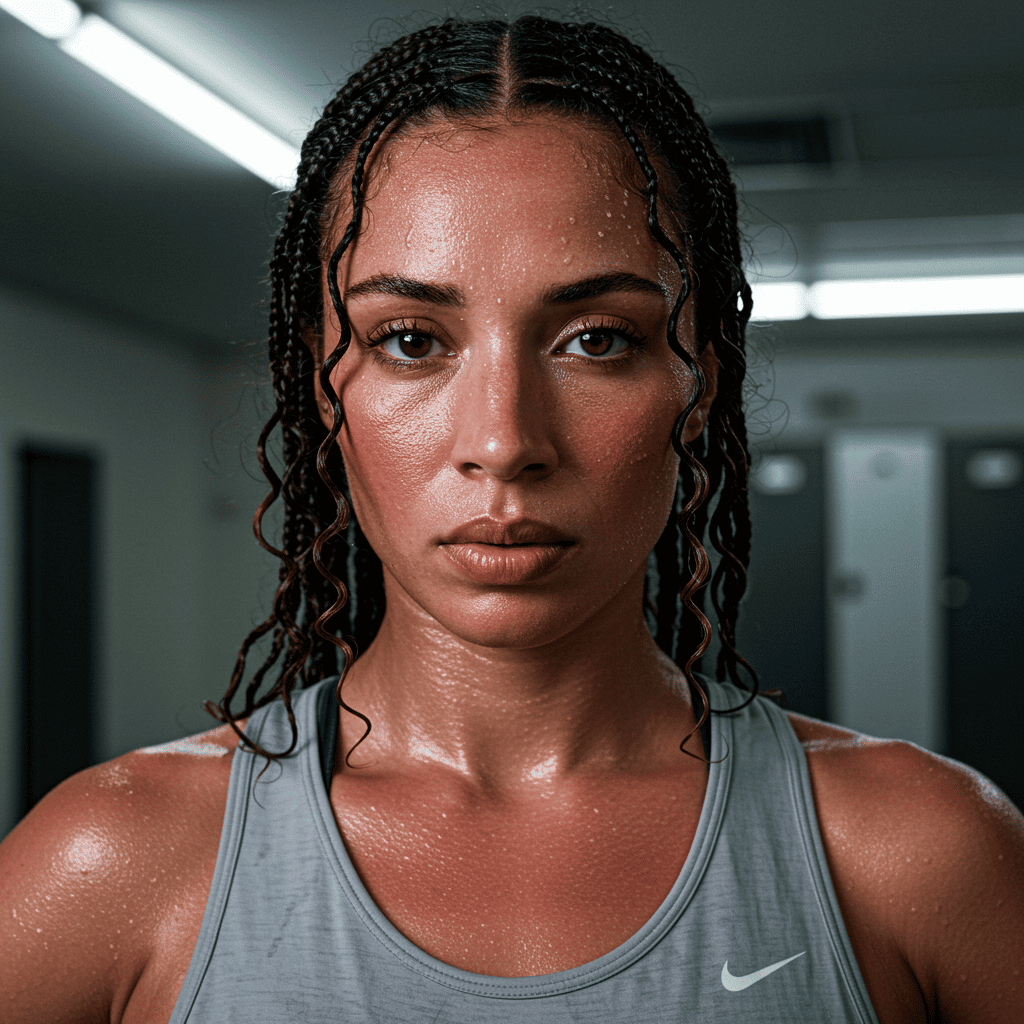
Seasonal Considerations for Braided Wave Success
Summer humidity presents unique challenges for maintaining braided waves, but with proper adaptation, the style can thrive even in muggy conditions. High humidity actually helps braided waves last longer by preventing them from drying out and falling flat. However, frizz control becomes paramount. Using anti-humidity products before braiding and finishing with a humidity-shield spray helps maintain definition. Summer also allows for embracing a more textured, beachy interpretation of braided waves that works with rather than against the weather.
Winter conditions require different considerations for overnight braiding success. Indoor heating can create static and dryness that affects wave formation and longevity. Increasing moisture levels through deep conditioning treatments and heavier leave-in products helps combat winter dryness. The longer drying times in winter actually benefit the braiding process, as hair can be braided slightly damper without concerns about incomplete drying overnight. Winter accessories like hats can flatten waves, so consider carrying a small texture spray for quick touch-ups after removing headwear.
Transitional seasons of spring and fall often provide ideal conditions for braided waves, with moderate humidity and temperatures that support excellent wave formation. These seasons are perfect for experimenting with different braiding techniques and finding your optimal routine. The moderate weather also means waves typically last longer without the extreme frizz of summer or dryness of winter, making these seasons ideal for perfecting your braided wave technique.
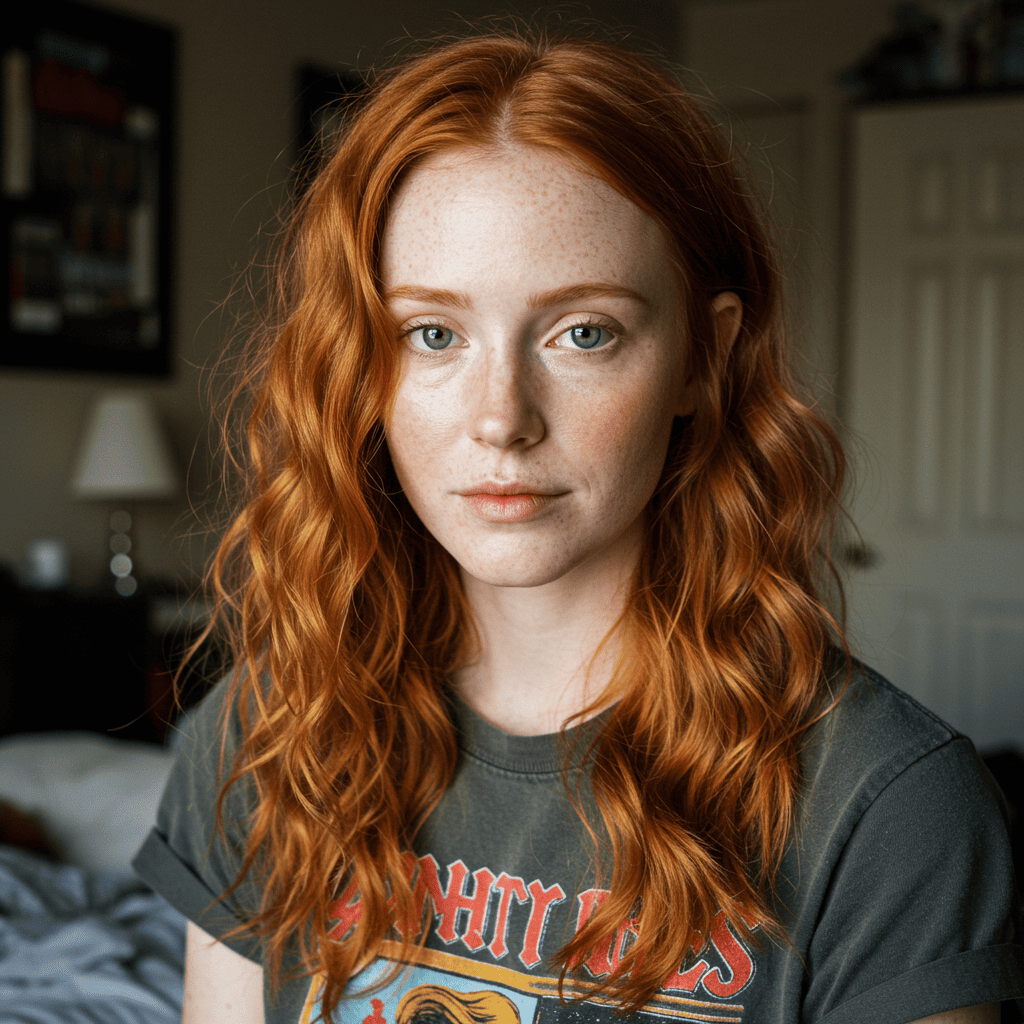
Conclusion: Embracing the Effortless Beauty of Braided Waves
Braided waves represent more than just a convenient hairstyling hack – they embody a shift toward healthier, more sustainable beauty practices that work with our natural hair texture rather than against it. This time-honored technique, refined for modern lifestyles, offers a perfect solution for those seeking beautiful, textured waves without the damage of daily heat styling or the time investment of morning hair routines. The versatility of braided waves, from subtle texture to dramatic crimps, ensures that everyone can find a variation that suits their personal style and hair type.
The journey to mastering braided waves is one of experimentation and patience. Each person's hair responds differently to various braiding techniques, dampness levels, and products. What works perfectly for one person may require adjustment for another. This process of discovery, while sometimes frustrating, ultimately leads to a personalized technique that delivers consistent, beautiful results. The investment in learning your hair's unique requirements pays dividends in time saved and hair health preserved.
As you incorporate braided waves into your regular styling rotation, remember that perfection isn't the goal – effortless beauty is. The slightly imperfect, lived-in quality of braided waves is part of their charm, offering a refreshing alternative to meticulously styled hair. Whether you're a busy professional seeking to streamline your morning routine, a student juggling multiple responsibilities, or simply someone who values hair health, braided waves provide a practical yet beautiful solution. Embrace the freedom of waking up to gorgeous waves, and enjoy the extra time and confidence this simple technique brings to your daily life.

